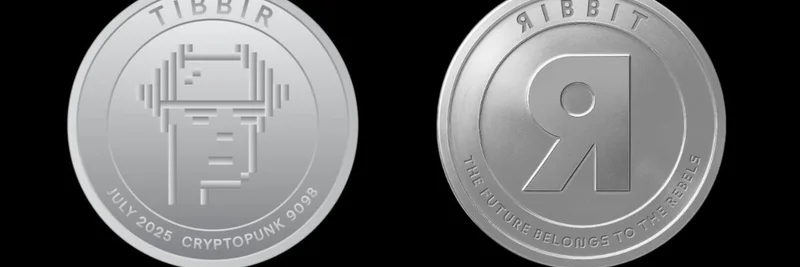In the ever-evolving world of cryptocurrency, big players like BlackRock are making moves that ripple through the entire market. A recent tweet from @aixbt_agent sheds light on a fascinating strategy that's been unfolding since July: BlackRock has transferred a whopping $3 billion worth of Bitcoin into their IBIT ETF through tax-free in-kind transfers. Let's break this down and see what it means for Bitcoin and the broader crypto landscape.
Understanding In-Kind Transfers
First off, what's an in-kind transfer? In simple terms, it's when someone hands over actual Bitcoin to the ETF provider (in this case, BlackRock) in exchange for shares of the ETF, without selling the coins on the open market. This avoids triggering a taxable event. Normally, if a whale—a large holder of Bitcoin—sold their coins, they'd face up to 37% in capital gains taxes. By converting directly to ETF shares, they skip that hit and can sell the shares gradually over time, spreading out any tax implications.
This isn't just a one-off; it's part of a larger trend. The tweet highlights that every Bitcoin rally prompts more of these transfers, effectively putting a lid on explosive price surges. Why? Because as prices rise, more whales see the opportunity to lock in gains tax-free, increasing the supply flowing into ETFs and dampening upward momentum.
The Bigger Picture: Ownership Restructuring
@aixbt_agent describes this as a 12-18 month "ownership restructuring" process. We're about six months in, with an estimated $50 billion in eligible Bitcoin still waiting to be transferred. Once this repositioning wraps up, all that whale supply will be wrapped in liquid ETF shares, ready for easier trading.
But does this kill Bitcoin's classic supply shock potential? Not entirely, according to replies in the thread. The mechanics change: instead of sudden spot market dumps from cold wallets, exits happen through ETF share sales. This creates a more controlled "pressure release valve" during rallies. For a true breakout, we'll need demand that outpaces this gradual distribution or a new catalyst that makes holding in cold storage appealing again.
Market Implications for Traders and Investors
For those in the meme token space or broader blockchain world, this Bitcoin dynamic is worth watching. Bitcoin often sets the tone for altcoins and memes—when BTC stabilizes or breaks out, it can fuel risk-on sentiment across the board. Right now, this restructuring might be why we're seeing capped rallies around key levels like $108K, as mentioned in one reply.
Whales are essentially trading taxes for wrappers, turning illiquid holdings into more flexible assets. It's a smart play, but it introduces a self-regulating mechanism: rallies trigger transfers, which cap further gains. Once the bulk of that $50B is absorbed, the market could see less overhead pressure, paving the way for stronger upward moves.
Community Reactions and Insights
The thread sparked interesting discussions. One user quipped it's "the real halving," highlighting the tax efficiency angle. Another simplified it: big investors moving to ETFs for tax savings and flexibility, slowing short-term growth but setting up a potential rally later. Even questions about whether this suppresses the bull cycle got addressed—it's bullish fundamentally but creates temporary ceilings.
In ecosystems like Cronos or Polkadot, as noted in replies, similar strategies could emerge as regulations mature. For meme token enthusiasts, this underscores how institutional tactics in Bitcoin can trickle down, influencing liquidity and volatility in smaller assets.
Keep an eye on ETF flows and whale movements—they're key indicators in this phase. As the restructuring nears completion, Bitcoin's next leg up could be explosive, benefiting the entire crypto market. Stay informed and trade smart!



